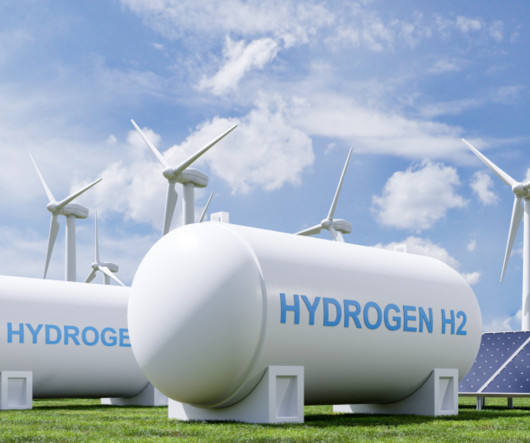University of Sydney team advances rechargeable zinc-air batteries with bimetallic oxide–graphene hybrid electrocatalyst
Green Car Congress
AUGUST 16, 2017
University of Sydney team advances rechargeable zinc-air batteries with bimetallic oxide–graphene hybrid electrocatalyst. Cheaper to produce than lithium-ion batteries, they can also store more energy (theoretically five times more than that of lithium-ion batteries), are much safer, and are more environmentally friendly.
































Let's personalize your content